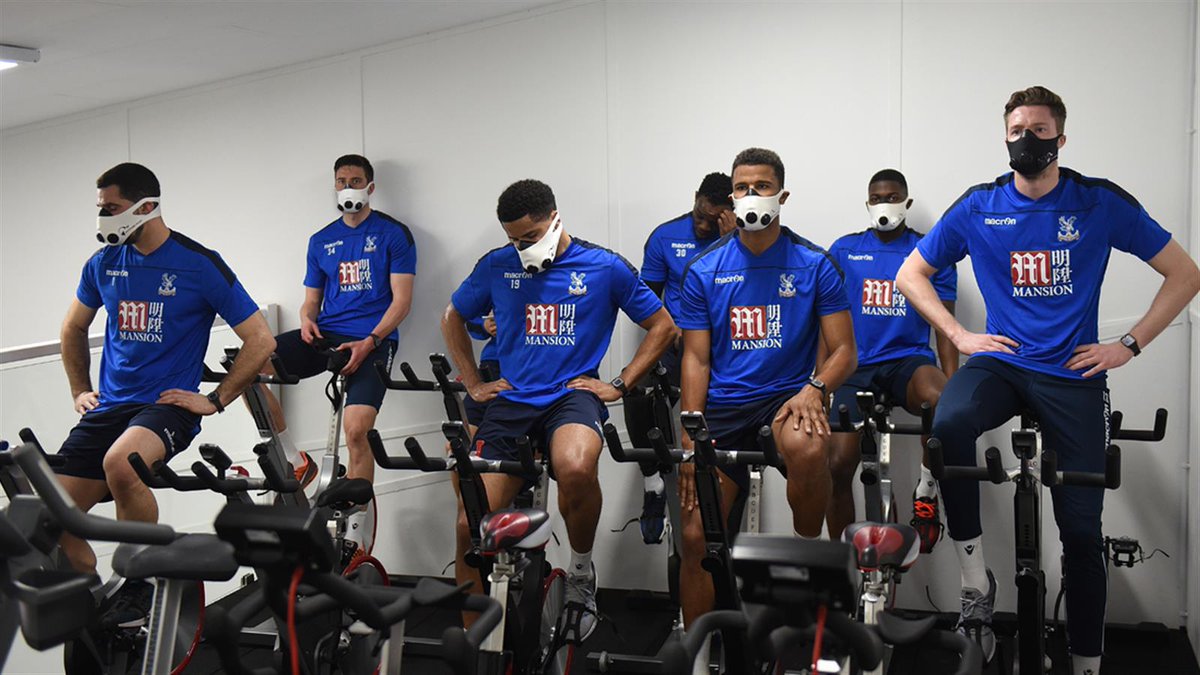Do altitude masks work?
By Ben Austen – Head of Kinetic Sports Medicine
They’re growing in popularity with big endorsements from Gareth Bale and Crystal Palace FC, but are they effective?
Firstly, they do not work in the same way as REAL altitude training. Going high into mountains (large distances above sea level) changes the percentage (partial pressure) of oxygen in the air. As a result the body adapts to become more efficient at using and carrying oxygen in the body (increased red blood cells, oxy-haemoglobin affinity). The masks cannot do this. Only heading to the hills or using expensive altitude chambers can recreate this.
What do the masks do then?
They reduce the amount of airflow to the lungs in the same way as if you were breathing through a straw.
This will cause you to breathe faster and heavier. In much the same way increasing your intensity and workloads of training will. Doing the latter will obviously have a greater effect on performance as opposed to working harder respiratory-wise at lower relative intensities. Also the effect of inspiratory muscle training on athletes has been shown to be negligible on performance, whereas it is a widely used training method in people with respiratory disease and disorders.
How should I use it?
So, If you really want to spend the money and try one I would recommend using it with high intensity training if you’re are looking to increase your heart and breathing rate at a lower relative intensity of training. I.e. Feel like you’re working harder than normal at an easier exercise.
Should I bother?
There’s no physiological research evidence to support their effectiveness when weight training, endurance training or to improve your lactate threshold so do be cautious with overstating the benefits.
However, I always let my athletes try things for themselves and see what works for them. We as professionals can only advise as to the safest and most effective methods.


